Welcome to the first day of the Jesse Sewalong. Today is all about preparation. I am going to walk you step-by-step on how to download your pattern, assemble your pattern, cut out your fabric, and then test your stitches so you are ready for tomorrow's sewing day. If you don't have your fabric or notions yet, be sure to check out yesterdays post all about fabric and notions.
DOWNLOADING YOUR PATTERN
Once you purchase your Jesse pattern you will receive two emails. One is a purchase confirmation email and the second email is the link to your downloads. If you don't see the email, first check your spam, junk and promotions folders. If you don't see them in there, search your email for True Bias. If you still can't find the emails, send us an email through our website and we can help you. In the future, you can always find your Jesse pattern in your True Bias account.
The second email you get will look something like this:

Click the link in the email and a new page should pop up similar to the one below. Click the Download Now button and your pattern will download to your device. 
The file will be zipped meaning that all of the files are compressed into one file that needs to be expanded. Once you have unzipped the files (which can usually be done by just double clicking on the file), choose the pattern file you wish to use. If you are using a copyshop to print your pattern, choose the AO Copyshop file which prints on standard 33x46 inch pages or the US Copyshop file which prints on one long sheet. Note that for the 14-32 size range Jesse pattern there are both an AO and US Copyshop option, but the 0-18 range has them combined and so there is only one copyshop option that would work for either AO or US.
We will be going over printing and assembling your pattern at home here. To do so, choose the Print-at-Home Pattern file and also the Instructions file and open them both up in Adobe Acrobat. If you don't have Adobe Acrobat, download it online for free. It is what most if not all pattern companies recommend and it will save you from lots of errors that may occur from printing with other programs.
This pattern has layers, meaning you can turn on and off certain sizes and only print the size or sizes you intend. To do this, first click the layers icon on the left side of the page. It looks a bit like a stack of papers.

Next, click on and off the eyeball icons next to the sizes, only leaving the icons on the sizes you want to print.

Once you are ready to print, click the print icon on the top of the page and your printer pop up box will appear. You want the settings to look like this where you are printing at actual size (or 100%) and the file is centered on the page. The pages are 7x10 inches so there will be a border on 8.5x11 inch pieces of paper. Also make sure that your printer is set to only print on one side of the paper.

It's a good idea to print just the first page first and measure the 2x2 inch square to make sure that it is printing correctly and that your margins are good and you can see the thin lines that mark the outline of your pages. If you don't you will need to adjust your printer settings until it prints correctly.

Once you have checked that, print all of your pattern pages and we can move on to assembling the paper pattern.
ASSEMBLING YOUR PATTERN
Now that you have printed your pattern, let's get it put together. You will need some tape and some paper cutting scissors. I also like to use a paper cutter to speed up the process, but that is optional.

Start by cutting the right and top margins off of each piece of paper.

Then place them one over the other, matching the gray circles and outlines, and taping as you go. If you get confused, check the template in your instructions to have something to follow.


Now, cut out your pattern pieces. I am cutting View A so I will cut the length on the designated cut line for that view.

ADJUSTMENTS
With the super forgiving, oversized fit of the Jesse Tee, you shouldn't have to do too many adjustments. You may, however, choose to lengthen or shorten the pattern. The pattern is drafted for someone who is 5'5". Our bodies are all different and getting to know your own body and proportions is key in sewing. For instance someone may be 5'3" but their shortness is mostly in their legs so they may not subtract any length from a top. Or, someone may be 5'5" but have a really long torso so they add length even though they are the same height as the intended model. A good rule of thumb is to compare the finished pattern measurements to something in your wardrobe with a similar fit. This will give you a really good idea of whether or not you want to add or subtract length.
I am going to subtract 1/2" from the pattern to show you how to do it, in case you choose to. Lengthening the pattern would be the same process, just adding instead of subtracting length.
First, draw a line 1/2" (or whatever amount you are adjusting) above the lengthen/shorten line on the pattern piece. Next, cut along the lengthen/shorten line.

Tape the bottom portion of the pattern piece up against the line you drew. Make sure the sides line up.

That's it! Do the same adjustment to the front and back so that they are the same length.
CUT OUT YOUR FABRIC
Now let's cut out your fabric. You can use the recommended layouts in your instructions as a guide or be creative. I can sometimes get the pattern cut out in less fabric if I get creative with my layout. Pattern pieces 1-3 are to be cut out of the main fabric. Pattern piece 4 is to be cut out of the ribbing.
Be sure to clip all notches, including the half notches that are cut on the fold. Because the seam allowance is only 3/8", don't clip your notches longer than 1/4".


TESTING YOUR STITCHES
The last thing we need to do before we start sewing is to check your stitches. Grab a piece of your main fabric that is big enough to fold in half so you have two layers of fabric to sew through. I will be making three test stitches in a contrasting thread so it's easier for you to see.

The first stitch we are going to test is the stretch stitch. If your machine has a stretch stitch it will look like a lighting bolt.
If you don't have a stretch stitch setting on your machine, or if you don't love the look of it, I recommend the following stitch - Use a zigzag stitch with a width of 0.5mm and a length of 3.0mm. This is our second stitch.
Lastly, if you are using a serger for the construction of your Jesse, serge the raw edges together to check your tension.

All of these stitches are good starting points. Depending on your fabric or machine, you may need to adjust the settings until you are happy with the look of your stitches. Also, don't be afraid to use your iron and steam to help reshape your stitches after sewing.
And that is it for today. We are all prepped and ready to sew tomorrow.


